Disclosure: This article contains affiliate links. We may earn a commission from purchases at no extra cost to you, which helps our travel content.
When most visitors think of Hong Kong cuisine, dim sum immediately comes to mind—those delightful bamboo baskets of dumplings and small plates that have become the city's culinary ambassador to the world. But as someone who has been exploring this vibrant metropolis for over 15 years during my autumn breaks from Brisbane, I can assure you that limiting yourself to dim sum in Hong Kong would be like visiting Paris and only eating croissants! The true heart of Hong Kong's food scene beats in its less-photographed corners: the steaming dai pai dongs (open-air food stalls), the century-old tea houses, the bustling night markets of Mong Kok, and the family-run establishments that have perfected single dishes across generations. This weekend guide will take you beyond the tourist trail to experience Hong Kong's authentic flavors without breaking the bank—because as both a budget analyst and a Frenchwoman, I believe that remarkable culinary experiences shouldn't require extraordinary expenditure.
The Vanishing Dai Pai Dongs: Hong Kong's Original Street Food
The first time I encountered a dai pai dong—those iconic open-air food stalls with their makeshift kitchens and plastic stools—was during my initial visit to Hong Kong in 2003. My Australian husband and I had been directed to a cluster of them in Central by our hotel concierge, who looked slightly puzzled when we insisted on eating 'where the locals eat.'
Today, these atmospheric eateries are becoming increasingly rare treasures as urban development continues. The remaining authentic dai pai dongs, primarily concentrated around Central and Sham Shui Po, offer a dining experience that feels deliciously unchanged by time.
At Sing Kee on Stanley Street, the wok hei (breath of the wok) in their stir-fried beef noodles creates a smoky complexity that no air-conditioned restaurant can replicate. At Sing Heung Yuen on Mee Lun Street, the tomato noodle soup with crispy bun might seem simple, but the rich broth has been perfected over decades.
What strikes me about these places—beyond their remarkable food—is the beautiful democracy of their tables. On tiny metal stools, you'll find suited executives next to construction workers, all hunched over steaming plates in shared culinary appreciation. This is Hong Kong at its most authentic.
Don't be intimidated by the fast pace or Cantonese-only menus. I've found that pointing at neighboring tables' dishes works perfectly well. Most stalls open early (around 6:30 am) and close by early afternoon, so plan for breakfast or lunch rather than dinner. Bring cash (Hong Kong dollars), as credit cards are rarely accepted, and come prepared with a pocket translator if you're concerned about the language barrier.
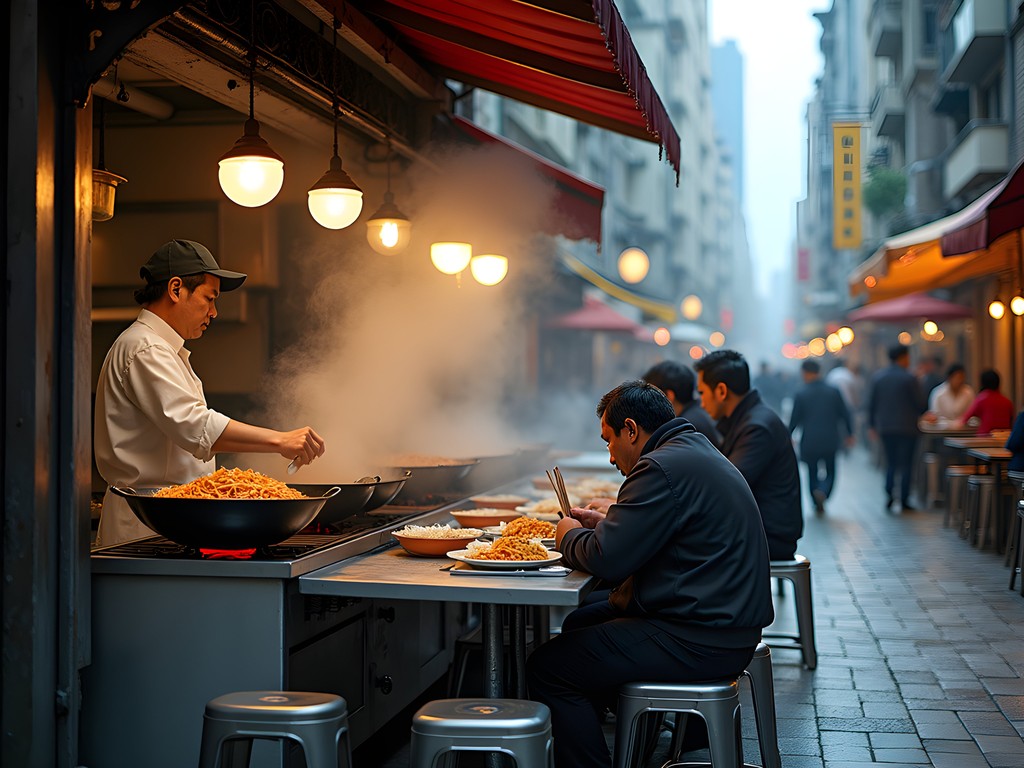
💡 Pro Tips
- Visit dai pai dongs between 11am-1pm to experience the bustling lunch atmosphere
- Look for places with queues of locals—it's a reliable sign of quality
- Order the signature dish that made the stall famous—usually advertised prominently or visible on most tables
Cha Chaan Tengs: Where East Meets West in a Teacup
If dai pai dongs represent Hong Kong's purely Cantonese culinary heritage, cha chaan tengs (tea restaurants) embody the city's unique position as a crossroads of Eastern and Western influences. These casual diners emerged in the 1950s, offering affordable Western-inspired foods to locals who couldn't access the exclusive colonial clubs and hotels.
My personal favorite is the Australia Dairy Company in Jordan (despite its name having nothing to do with my adopted homeland!). Their scrambled eggs achieve a silky consistency that I've tried—and failed—to recreate at home countless times. Their milk tea, served in distinctive thick white mugs, offers the perfect balance of strength and creaminess.
At Lan Fong Yuen in Central, credited with inventing Hong Kong's famous stocking milk tea, the tea is filtered through an actual silk stocking to achieve its signature smooth texture. Their pork chop bun with a thick slab of meat between soft white bread defies all French culinary principles I was raised with—and yet, it's utterly delicious.
Cha chaan tengs operate with breathtaking efficiency. During my last visit with friends from Brisbane, we were seated, ordered, served, finished eating, and had paid our bill in under 25 minutes! This isn't rudeness; it's simply the local dining rhythm. Embrace it rather than resist it.
Menu translations can sometimes produce amusing results. My all-time favorite was a 'French toast' description that promised it would be 'as soft as the cheeks of a French maiden'—a comparison that, as an actual French maiden (well, once upon a time), made me laugh out loud.
Many cha chaan tengs are open from early morning until late evening, making them perfect for an affordable breakfast or late-night meal. Most have picture menus or English translations these days, though having a translation app on your phone can help with some of the more obscure local specialties.

💡 Pro Tips
- Order milk tea ('nai cha') at least once—it's the signature cha chaan teng beverage
- Try the pineapple bun with butter (bo lo yau)—despite the name, it contains no pineapple but has a crackled top resembling the fruit's texture
- Visit during off-peak hours (3-5pm) if you want a more relaxed experience
Temple Street Night Market: A Feast for All Senses
There's something magical about Hong Kong after dark, when neon signs illuminate the streets and the city transforms into a nocturnal wonderland. As someone who has visited countless night markets across Asia—from Thailand's vibrant bazaars to Taiwan's food streets—I can confidently say that Hong Kong's Temple Street Night Market offers one of the most atmospheric dining experiences in Asia.
The market officially begins around 6pm, but I recommend arriving around 7:30pm when it's fully alive. As you approach from Jordan MTR station, follow your nose toward the dai pai dongs that line the market's southern section. These open-air seafood restaurants spill onto the street with tanks of live fish, crabs, clams, and all manner of ocean creatures awaiting their culinary fate.
During my last visit with two couples from Brisbane, we selected our dinner directly from the tanks—pointing at massive prawns, plump scallops, and a whole fish that the chef suggested we try steamed with ginger and spring onions. We sat at a wobbly table on the street, drinking cold Tsingtao beer from small glasses while watching the theater of Temple Street unfold around us.
What makes dining here special isn't just the remarkably fresh seafood, but the complete sensory experience: the sizzle of woks, the calls of vendors, the fortune tellers setting up nearby, and the occasional burst of Chinese opera from street performers. It's chaotic, unpolished, and utterly authentic.
Be prepared to negotiate prices before ordering, especially for seafood sold by weight. I've found that a friendly but firm approach works best—and remember that part of the experience is the good-natured bargaining. Most vendors speak enough English to navigate the basics, but bringing a pocket guidebook with food translations can be helpful.
For those less adventurous with seafood, the clay pot rice shops along the market's edges offer delicious alternatives—the rice forms a crispy crust against the pot, while the toppings of your choice (I recommend the Chinese sausage and chicken) cook to perfection in the steam.
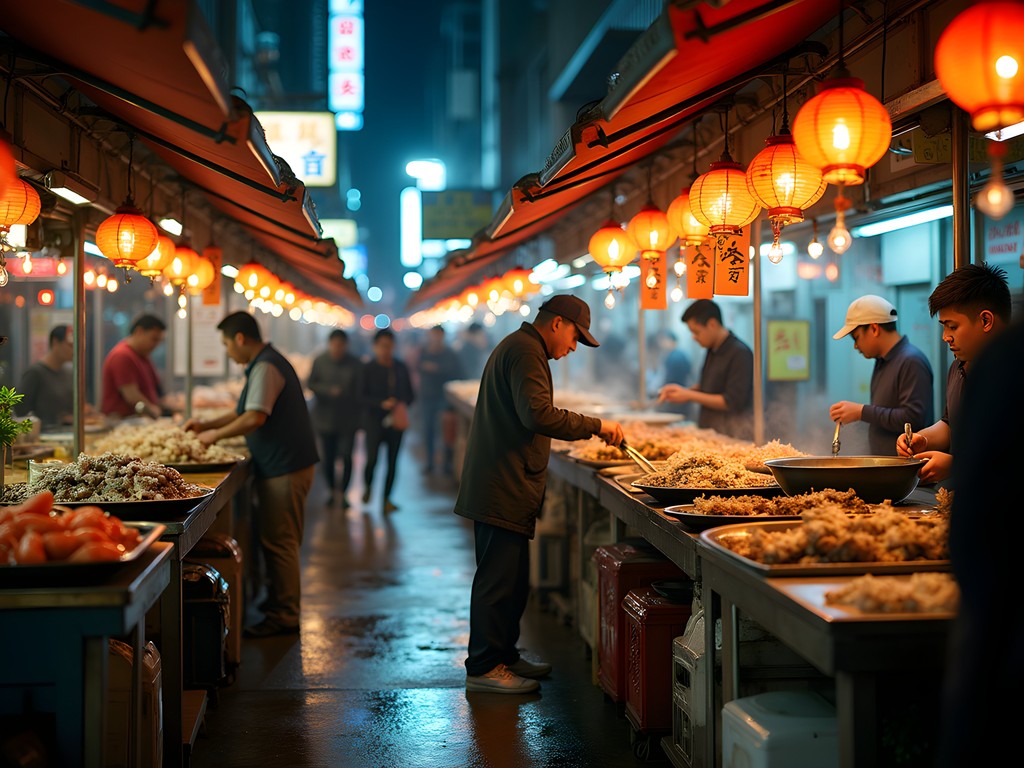
💡 Pro Tips
- Ask for the price before ordering seafood to avoid surprises when the bill arrives
- Look for restaurants with a good mix of tourists and locals for the best experience
- Try the clay pot rice if seafood isn't to your taste—the crispy bottom layer is considered a delicacy
One-Dish Wonders: Hong Kong's Specialist Eateries
Perhaps my favorite aspect of Hong Kong's food culture is the concept of the specialist eatery—restaurants that have spent decades, sometimes generations, perfecting a single dish. This approach resonates deeply with my French sensibilities, reminding me of the specialized artisans in my hometown of Marseille who might spend a lifetime mastering one particular bouillabaisse recipe or perfecting a specific type of pastry.
In Sheung Wan, Kau Kee has been serving essentially one dish—beef brisket noodle soup—since 1923. The line that forms outside this modest shop every day testifies to their mastery. The clear broth achieves that perfect umami depth that only comes from decades of refinement, while the brisket itself falls apart with the gentlest prod of chopsticks.
In Central, Mak's Noodle earned a Michelin star for their wonton noodle soup served in distinctive small bowls. When I asked why the portions were so modest, the owner explained that this size ensures the noodles don't soften in the broth before you finish eating—a level of attention to detail that explains their century of success.
For something sweet, Mammy Pancake in Mong Kok creates egg waffles (gai daan jai) with a perfectly crisp exterior and pillowy interior. Their creative flavors like chocolate and matcha offer modern twists on this traditional street snack.
What I find most touching about these specialist eateries is the humility and dedication behind them. These aren't celebrity chefs with cookbook deals and television shows; they're families who have committed themselves to culinary excellence in the most focused way possible.
Many of these establishments don't take reservations and can have substantial queues during peak hours. I've found that visiting either early (11am for lunch places) or during mid-afternoon (3-5pm) offers the best chance of avoiding long waits. Bring a portable water bottle if you're visiting in autumn, as Hong Kong can still be quite warm and queuing outside can be thirsty work!

💡 Pro Tips
- Visit specialist eateries outside of peak hours to avoid the longest queues
- Order the signature dish rather than being tempted by menu alternatives—they're famous for a reason
- Look for places with simple décor and multi-generational staff—often a sign of authentic specialist eateries
Afternoon Tea with a Hong Kong Twist
As someone who has lived in both France and Australia—two countries with strong tea traditions—I've developed a particular appreciation for how different cultures interpret this ancient ritual. Hong Kong, with its British colonial history layered over Chinese tea customs, offers some of the most fascinating tea experiences I've encountered.
The Peninsula Hotel's classic afternoon tea represents the colonial tradition at its most refined. Seated in the grand lobby beneath soaring ceilings, you'll be served delicate finger sandwiches, scones with clotted cream, and pastries on fine bone china while a string quartet plays. At around HK$400 per person (approximately AU$75), it's a splurge rather than a budget option, but as an occasional treat, it offers a glimpse into Hong Kong's complex cultural history.
For a more authentic local experience, visit Luk Yu Tea House on Stanley Street. Operating since 1933, its art deco interior with wooden booths and ceiling fans feels frozen in time. Their dim sum is excellent, but it's the tea service that truly shines. I recommend trying the Phoenix Oolong, served in the traditional gongfu style with multiple small cups allowing you to appreciate how the flavor evolves with each infusion.
Perhaps my favorite tea experience in Hong Kong is at LockCha Tea House in Hong Kong Park. Housed in a traditional Chinese building within this urban oasis, they offer vegetarian dim sum alongside more than 100 varieties of Chinese tea. The staff will guide you through proper brewing techniques for your selected tea, explaining the optimal water temperature, steeping time, and number of infusions each tea can support.
What makes Hong Kong's tea culture special is this beautiful collision of East and West—you can experience British high tea service in the morning and Chinese gongfu ceremonies in the afternoon, all within the same compact city. For tea enthusiasts, I recommend bringing a tea journal to record the different varieties you sample—I'm still working through my collection of Hong Kong teas purchased over multiple visits!
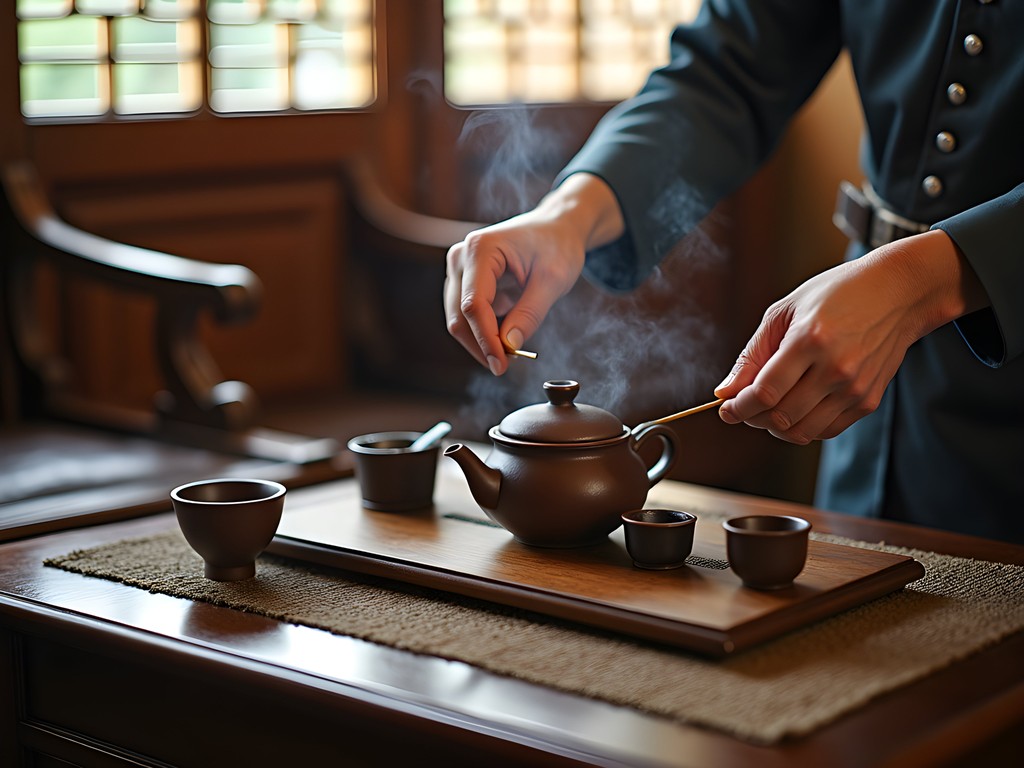
💡 Pro Tips
- Book The Peninsula tea service at least two weeks in advance, especially for weekend visits
- At Chinese tea houses, watch how locals handle their teaware—there's proper etiquette for everything from warming cups to discarding the first infusion
- Visit LockCha during weekday afternoons when it's quieter and staff have more time to explain tea varieties
Navigating Hong Kong's Wet Markets: Where Chefs Shop
For those who truly want to understand a culture's cuisine, I've always believed that visiting local markets provides the most illuminating education. Hong Kong's wet markets—so named because the floors are regularly washed down—offer a vivid glimpse into the foundations of Cantonese cooking and the extraordinary freshness standards that define the local approach to food.
Graham Street Market in Central provides the most accessible introduction for visitors. Nestled on a steep hillside connected by stone steps, this open-air market features vendors selling everything from dragon fruit to live fish. What fascinates me is watching the interaction between home cooks and vendors—the careful selection process, the discussions about cooking methods, the negotiations over price and quality.
For a more intense experience, Kowloon City Market offers a labyrinthine complex of stalls selling ingredients I've never encountered elsewhere. The live seafood section features creatures that seem transported from another world—spiny sea cucumbers, writhing eels, and shellfish of every description. The butchery sections are not for the squeamish, with entire animals displayed and every part utilized, reflecting a food culture that values sustainability through its waste-not approach.
What I love most about Hong Kong's wet markets is their democratic nature—you'll see renowned restaurant chefs shopping alongside grandmothers buying dinner ingredients, all applying the same exacting standards. During one visit, I watched an elderly woman spend nearly 10 minutes selecting just three fish, examining their eyes for clarity and pressing their flesh to test for firmness.
For visitors interested in cooking, several companies now offer market tours followed by cooking classes. I participated in a wonderful session with a local chef who guided us through Bowrington Road Market, helping us select ingredients before teaching us to prepare classic Cantonese dishes in her nearby apartment.
Wet markets are typically busiest in the morning (7-10am) when professional chefs do their shopping. For a more relaxed experience, visit mid-afternoon when the crowds thin out. Bring a reusable shopping bag if you plan to purchase any packaged items or fruit—it's both environmentally friendly and practical for carrying your market treasures.

💡 Pro Tips
- Visit markets in the morning for the best selection, but be prepared for crowds
- Bring small Hong Kong dollar notes for purchases—vendors rarely accept credit cards or large bills
- Don't photograph vendors or their goods without permission—a smile and gesture toward your camera asking for approval goes a long way
Final Thoughts
As I reflect on my culinary adventures across Hong Kong, what strikes me most is how this city manages to preserve its food heritage while constantly evolving. From dai pai dongs serving recipes unchanged for generations to innovative tea houses reimagining ancient traditions, Hong Kong offers a gastronomic journey that goes far beyond the dim sum that first made it famous internationally.
For couples seeking a meaningful weekend escape, Hong Kong's food scene provides not just memorable meals but windows into a unique cultural identity shaped by Chinese traditions, colonial influences, and global connections. The city rewards curious eaters willing to venture beyond hotel restaurants and tourist recommendations.
As my French mother always said, 'To know a place, you must taste it first.' Hong Kong offers itself to be known through countless flavors—some bold and direct, others subtle and complex—each telling stories of history, family, and the remarkable cultural resilience that defines this extraordinary city. Bon appétit and sihk faahn!
✨ Key Takeaways
- Visit specialist eateries that have perfected single dishes over generations
- Experience both colonial (high tea) and traditional Chinese tea ceremonies
- Explore wet markets in the morning to see the foundation of Hong Kong's fresh cooking philosophy
- Budget for at least one splurge meal but find value in street food and local establishments
📋 Practical Information
Best Time to Visit
October-November for comfortable temperatures and minimal rain
Budget Estimate
HK$700-1,500 per day per couple (AU$130-280) excluding accommodation
Recommended Duration
3-4 days for a comprehensive food exploration
Difficulty Level
Intermediate - Requires Some Navigation Skills And Openness To Language Barriers

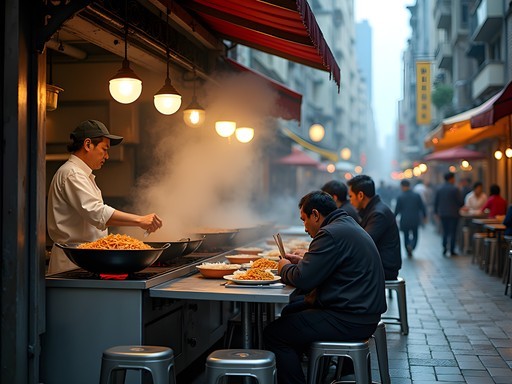
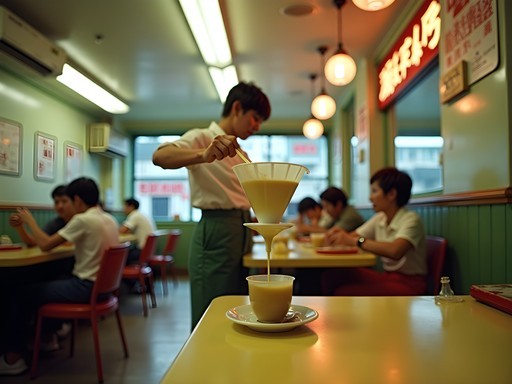
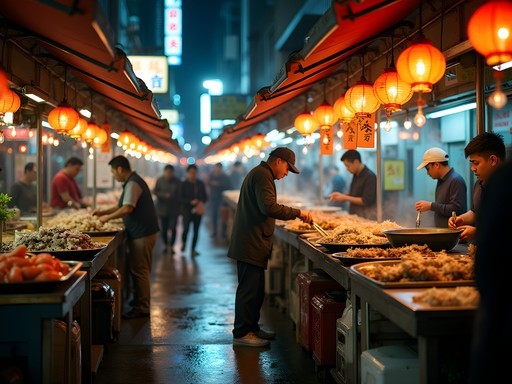
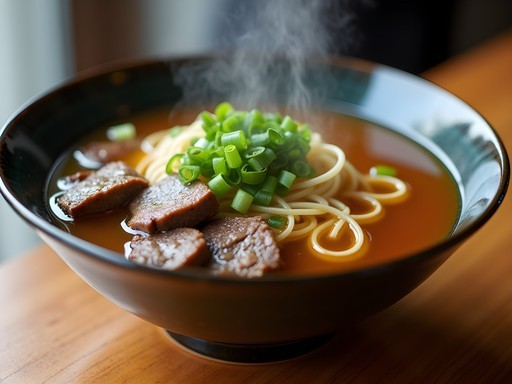
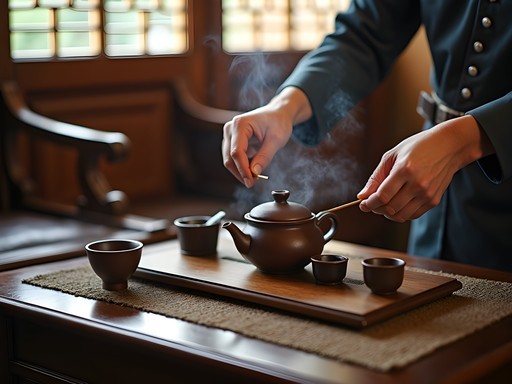
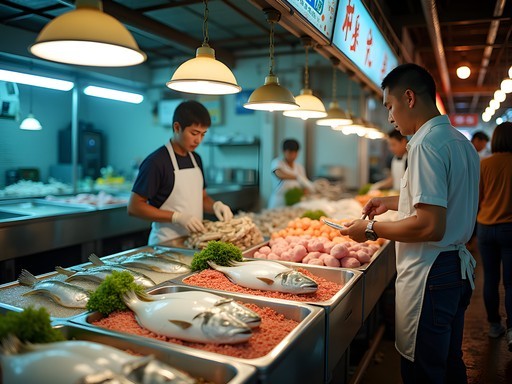


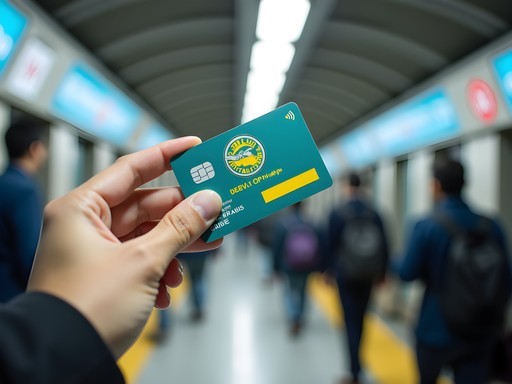


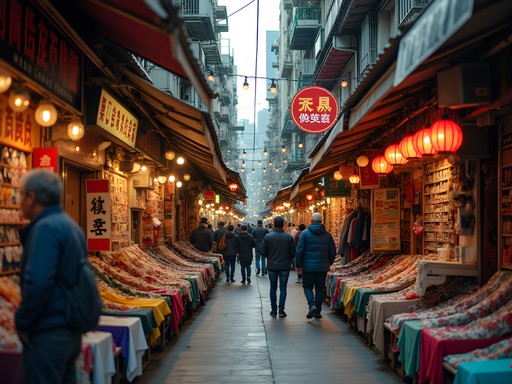
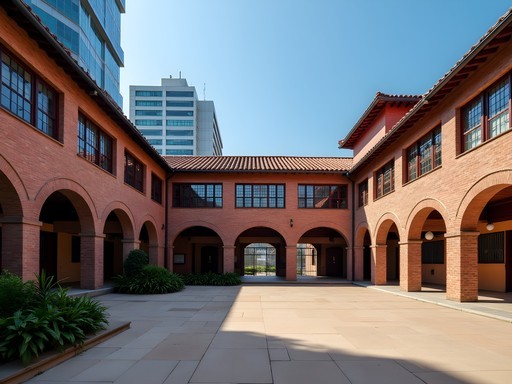
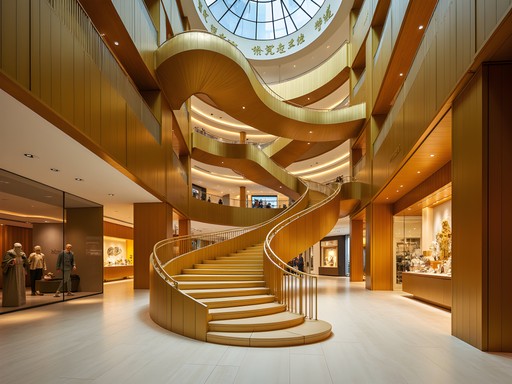
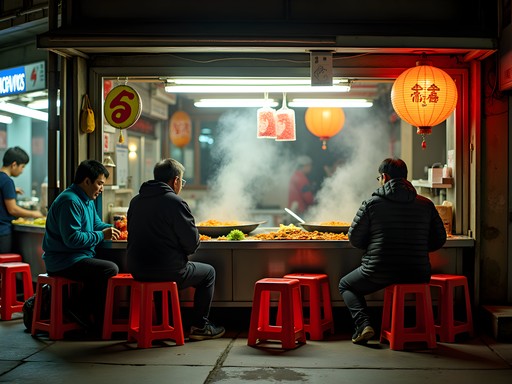

Comments
springrider
Just got back from Hong Kong and wish I'd read this before going! We did try a cha chaan teng (Australia Dairy Company) and it was chaotic but amazing. The scrambled eggs were perfect and that milk tea! Definitely a highlight. Missed out on the dai pai dongs though - guess I need another trip!
adventureseeker
Just got back from Hong Kong and wish I'd seen this post before going! We did stumble upon a cha chaan teng near our hotel and had the most amazing pineapple buns with butter. Temple Street Night Market was definitely a highlight too - those clay pot dishes were incredible. Next time I'll be braver and try some of the more adventurous options you mentioned!
vacationexplorer
Is it expensive to eat at these places? Budget is tight but I want authentic experiences!
Frank Garcia
These are actually some of the most budget-friendly places in HK! Dai pai dongs and cha chaan tengs are where locals eat daily. You can get a full meal for $4-8 USD in most places. Much cheaper than tourist restaurants.
travelqueen5209
Those photos of the dai pai dongs made my mouth water! Saving this post for my trip next year!
Lily James
Thanks! Hope you get to experience them before they disappear completely. Let me know if you need any specific recommendations when your trip gets closer!
Megan Martin
Love this deep dive into Hong Kong's food scene, Lily! I visited last year and would add that the Sham Shui Po district is absolutely worth exploring for food adventurers. There's a place called Kwan Kee Store that makes the most incredible put chai ko (red bean pudding cakes) using traditional bamboo steamers. Also, for anyone planning a visit, I found the Hong Kong Food Guide incredibly helpful for navigating the less touristy spots with helpful Cantonese phrases for ordering. The section on wet markets was particularly useful!
adventureseeker
Thanks for the Sham Shui Po tip! Did you find it easy to navigate with just English or should I learn some basic Cantonese phrases?
Megan Martin
You can definitely get by with English in most places, but learning a few basic phrases like 'thank you' (m̀h'gōi) and 'delicious' (hóu hou sihk) goes a long way! Most menus in Sham Shui Po have pictures or English translations now.
Sophia Gomez
Lily, you've captured the essence of Hong Kong's food scene perfectly! During my business trips there, I've made it my mission to try a new cha chaan teng each time. Last month, I discovered this tiny place in Causeway Bay where they serve the most incredible macaroni soup with spam for breakfast. The owner saw me struggling with chopsticks and brought me a fork with such a kind smile - no judgment at all. These small human connections over food are what make travel special. Your section about specialist eateries reminded me I still need to try that famous roast goose place in Sham Shui Po everyone keeps telling me about!
skypro
Going to Hong Kong next month for the first time! Which cha chaan teng would you recommend for a complete newbie? And is Temple Street Night Market good for solo travelers?
Sophia Gomez
Not Lily, but I visit Hong Kong quarterly for business! For your first cha chaan teng experience, try Australia Dairy Company (despite the name, it's quintessential HK) or Lan Fong Yuen. Order Hong Kong-style milk tea and scrambled egg toast. Temple Street is absolutely fine for solo travelers - I always go alone! Just keep your valuables secure and enjoy the chaos. The seafood stalls toward the Jordan Road end are amazing - point at what you want and they'll cook it up fresh.
skypro
Thanks so much! Adding those to my list. Any specific dishes I absolutely shouldn't miss?
Sophia Gomez
Don't miss pineapple buns (which contain no pineapple!), beef brisket noodles, and egg tarts. Oh, and bring a good pocket translator if you don't speak Cantonese - it helps at the more local spots!
George Hayes
This post brought back so many memories! Took my family to Hong Kong last summer and we were determined to find authentic experiences beyond the tourist spots. My kids were initially hesitant about the dai pai dongs (my 10-year-old called them "scary restaurants" 😂) but ended up loving them by the end of our trip. The clay pot rice at Four Seasons Claypot Rice was their absolute favorite. We also found that carrying a small translation guide helped immensely when ordering at places with no English menus. Sad to hear these traditional spots are disappearing - they're the heart and soul of Hong Kong's food culture.
adventureguide
This post brought back so many memories! Those dai pai dongs are truly special - I stumbled upon one in Sham Shui Po last year where this elderly couple had been cooking the same clay pot rice for 40+ years. The husband told me they're probably the last generation to run it. Breaks my heart to see these places disappearing. Did you try the egg waffles from the street vendors? Those were my absolute favorite late-night snack after exploring!
Lily James
Yes! The egg waffles are incredible - especially the ones with coconut or chocolate chips folded in. That dai pai dong in Sham Shui Po sounds amazing. It's exactly these family-run places with decades of history that make Hong Kong's food scene so special.
adventureguide
Totally agree. I took some cooking classes there too and the instructors were so passionate about preserving these traditional recipes!
hikingwanderer
Just bookmarked this for my trip next year!
Venture X
Premium card with 2X miles, $300 travel credit, Priority Pass